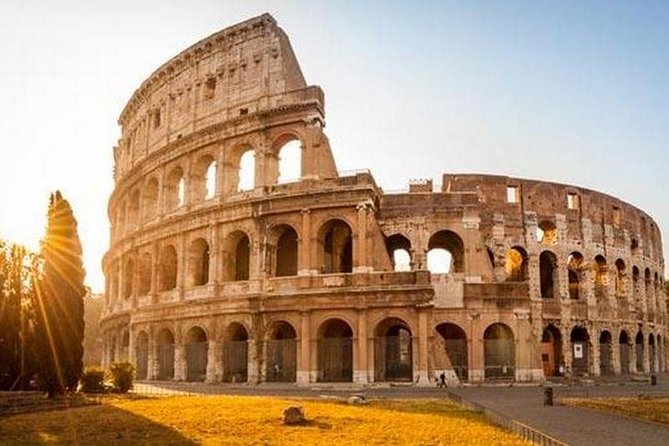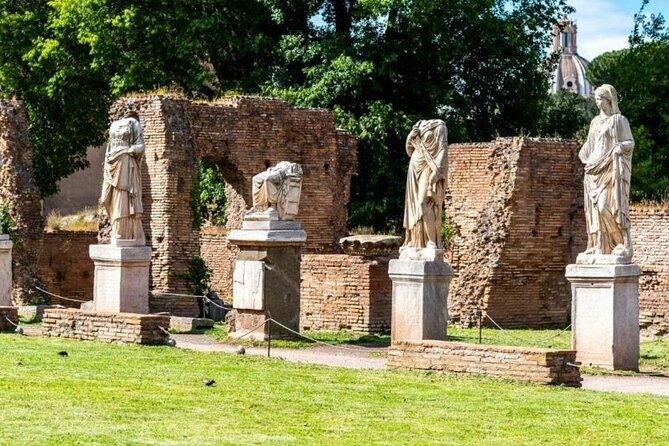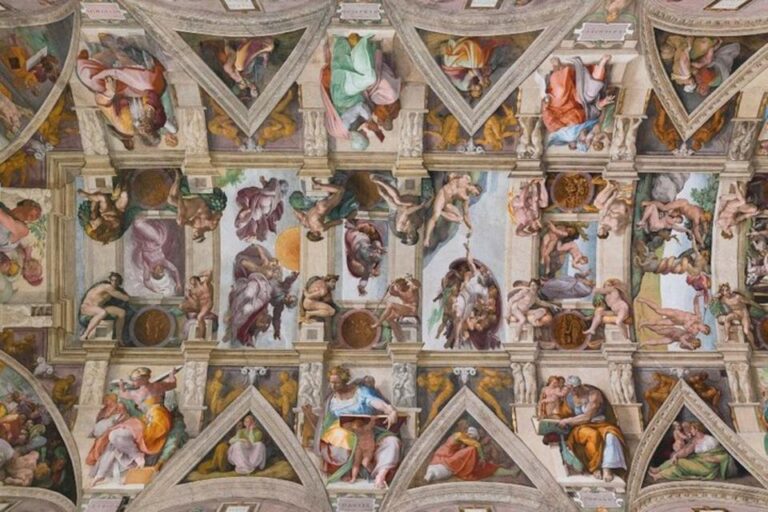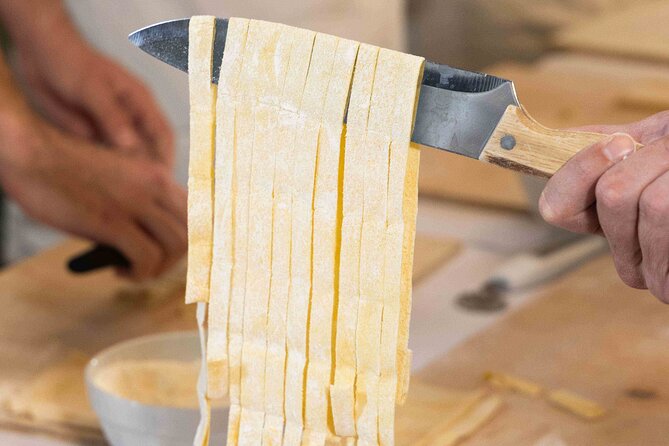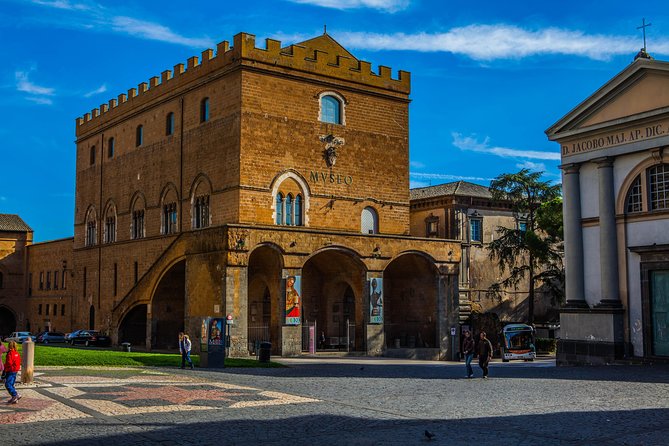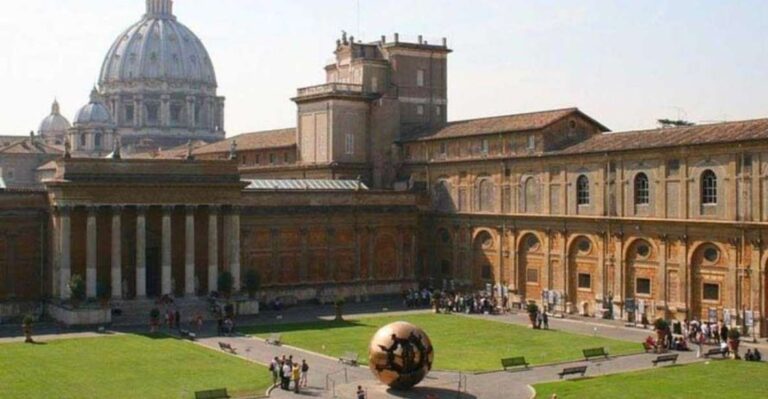As you explore the Eternal City, be sure to visit the Basilica of Saint John in Lateran (San Giovanni in Laterano), considered the mother and head of all churches worldwide. This revered site, one of the most important in Rome, boasts a fascinating history and stunning architecture.
A Storied Past
The basilica stands on the former Laterani family estate, which Emperor Nero confiscated in the 1st century A.D. The property later served as Roman equestrian and military barracks before Emperor Constantine commissioned the original basilica in the 4th century A.D., making it the oldest in Rome.
Over the centuries, the building has undergone major renovations due to damage caused by raiding Vandals and Visigoths in the 5th century, earthquakes, fires, and human neglect. The most significant restoration took place during the papacy of Innocent X in the 17th century.
Exterior Grandeur
Main Façade
The main façade, an 18th-century work by architect Alessandro Galilei, features:
- Corinthian columns
- 15 rooftop statues
- Double-galleried portico housing:
- 4th-century A.D. statue of Constantine
- High reliefs depicting the life of John the Baptist
- Large inlaid-stone medallion of Pope Clement XII’s coat of arms
- Massive bronze doors from the ancient Curia Julia in the Roman Forum
North Façade
The north façade, known as the Loggia of Blessings (Loggia delle Benedizioni), is crowned by twin Medieval bell towers and includes:
- Arcaded double-gallery with 16th-century frescoed vaults and ornate ironwork
- Bronze statue of King Henry IV of France by French sculptor Nicolas Cordier
Interior Splendor
The magnificent five-nave interior, attributed to 17th-century Roman Baroque architect Francesco Borromini, is adorned with frescoed and marble-inlaid walls, cosmatesque floors, and marble columns. Here are some notable features:
Central Nave
The spacious, stout-pillared, and arcaded center aisle showcases:
- 18th-century statues of the Twelve Apostles in marble aedicules, each adorned with the Pamphilj dove
- High reliefs of biblical scenes by Alessandro Algardi
- Oval paintings of the prophets by various artists
- Spectacular 16th-century carved and gilded ceiling by French cabinet maker Flaminio Boulanger, featuring papal coats of arms of Pius IV and V
Apse Mosaic
The gleaming stone mosaic in the apse, reconstructed after being destroyed during 19th-century renovations, includes:
- A cross flanked by saints standing above the River Jordan (sections reportedly dating to the 4th century A.D.)
- An image of Jesus surrounded by angels in the half dome
The Choir, located in front of the apse, features wooden choir stalls, ornate organ galleries, colorful frescoes, and marble wall panels.
Papal Altar and Ciborium
- The carved, white marble Papal Altar, dating to the 13th century, reportedly encases the wooden altar used by Saint Peter
- The 14th-century Gothic ciborium, adorned with statues and frescoes, is said to enshrine the heads of Saints Peter and Paul within the reliquary statues in the canopy
Confessio (Chapel of the Confession)
This 9th-century sub-level chamber houses:
- The bronze tomb of Pope Martin V by Simone di Giovanni Ghini
- A wooden statue of Saint John the Baptist, despite being dedicated to Saint John the Evangelist
Side Naves, Transept, and Chapels
The four side aisles and transept aisle display a variety of décor, including stuccoed barrel vaults, painted coffered ceilings, marble-inlaid and frescoed walls, and sculptural groups and reliefs. Discover numerous side chapels and funerary monuments, such as:
Corsini Chapel
Located behind the high bronze gate in the left nave, this 18th-century chapel designed by Alessandro Galilei honors Saint Andrew Corsini and houses the funerary monuments of Corsini family members Lorenzo (Pope Clement XII) and his nephew, Cardinal Neri Corsini.
Chapel of the Blessed Sacrament
Designed by architect Paolo Olivieri, this 16th-century Classical-style chapel features:
- Bronzed Corinthian columns
- Frescoes by Cristoforo Roncalli (God the Father on pediment) and Giuseppe Cesari (The Ascension on wall above the aedicule)
- Stone and gilded bronze tabernacle by military engineer Pompeo Targone
- Green stone columns from the ancient basilica
- 16th-century gilded silver bas-relief of the Last Supper, said to protect a piece of the original cedar table used during the actual Last Supper
Lancellotti Chapel
Constructed for Cardinal Scipione Lancelloti and dedicated to Saint Francis of Assisi, this 16th-century chapel is adorned with:
- Stuccoed medallions on the dome depicting scenes from Saint Francis’ life
- Several paintings, including an altarpiece by Tommaso Laureti of Saint Francis receiving the stigmata
Chapel of Saint John the Evangelist
This small side chapel features a 17th-century frescoed painting by Lazzaro Baldi, depicting the Vision of St. John the Evangelist on the Island of Patmos.
Torlonia Chapel
Built for the noble Torlonia family, financial administrators to the Vatican, this grandiose 19th-century Neo-classical chapel behind a low, frilly gate boasts:
- Coffered ceiling
- Marble bas-reliefs of the evangelists
- High-relief altarpiece of The Deposition from the Cross by Tuscan sculptor Pietro Tenerani
- Tombs of Giovanni Torlonia and his wife Anna
Chapel of Saint Hilary
Dedicated to Bishop, Saint, and Doctor of the Church Hilary of Poitiers, this 17th-century chapel features a fresco attributed to Jacques Courtois, depicting Saint Hilary and his vision of the Trinity.
Notable Tombs and Memorials
- Memorial to Cardinal Casanate: Designed by French sculptor Pierre Legros, this monument portrays the reclining figure of the Cardinal against a flowing drapery held by sculpted putti and an angel.
- Funerary Monument of Pope Innocent III: Situated in a vaulted niche, this 19th-century tomb by Giuseppe Lucchetti features a prostrate effigy of the pope watched over by statues of Jesus and Saints Francis and Dominic.
- Monumental Tomb of the Cardinal of Portugal: Designed by Isaia da Pisa and reconstructed by Borromini, this tomb features statues of Faith, Hope, and Charity watching over the prostrate effigy of Cardinal Antonio Martinez de Chavez.
- Tomb of Pope Leo XIII: This 20th-century marble sepulcher topped by a sculptural group is the work of sculptor Giulio Tadolini.
- Tomb of Cardinal Casati: A mix of 13th-century monuments consisting of cosmatesque mosaics, caryatids bearing baskets of fruit, bas-reliefs of Saint John the Baptist, Cardinal Giussano, and Jesus, and the engraved Gothic altar now holding Cardinal Casati’s remains.
Right Transept
In the right transept, admire the grand 16th-century organ, presumably the oldest and largest in Rome, decorated in Baroque style with gilded columns, statues, and angel musicians. The oval niches below the organ hold sculptural works by Ambrogio Buonvicino, depicting the prophet Ezechia (right, with organ) and King David (left, holding a harp).
Exterior Obelisk
In the piazza outside the Loggia of Blessings, you’ll find a red granite obelisk from ancient Egypt, reportedly the tallest in Rome, covered in hieroglyphs.
Getting There and Ticket Info
- Location: The Basilica of Saint John in Lateran is located at Piazza di S. Giovanni in Laterano, 4, a short walk from the Basilica of San Clemente and the Ancient Temple of Mithra.
- Admission: Free
More About the Basilica
- The basilica is the cathedral church of the Diocese of Rome and the official ecclesiastical seat of the Bishop of Rome, the Pope.
- It is one of the four Major Basilicas in Rome, along with St. Peter’s Basilica, the Basilica of Saint Paul Outside the Walls, and the Basilica of Saint Mary Major.
- The basilica is part of a complex that also includes the Lateran Palace, the Scala Sancta (Holy Stairs), and the Sancta Sanctorum (Holy of Holies).
- The Lateran Palace served as the primary residence of the popes until the Avignon Papacy in the 14th century.
- The Scala Sancta, located in a building across from the basilica, is a set of 28 white marble steps believed to be the stairs Jesus climbed during his Passion.
Tips for Visiting
- Dress modestly, covering shoulders and knees, as this is a sacred place of worship.
- Be respectful of any religious services or events that may be taking place during your visit.
- Take your time to appreciate the intricate details and rich history of the basilica, as there is much to see and learn.
- If you’re interested in a guided tour, check with the basilica’s information desk or book in advance through a reputable tour company.
- Combine your visit to the Basilica of Saint John in Lateran with other nearby attractions, such as the Basilica of San Clemente, the Colosseum, and the Roman Forum, to make the most of your time in this historic area of Rome.
A visit to the Basilica of Saint John in Lateran offers a captivating journey through the history, art, and spirituality of one of Rome’s most significant religious sites. From the imposing façades to the awe-inspiring interior, every aspect of this ancient basilica tells a story of faith, power, and human achievement. As you explore the numerous chapels, monuments, and works of art, you’ll gain a deeper appreciation for the enduring legacy of the Catholic Church and its central role in shaping the culture and identity of Rome. Whether you’re a history enthusiast, an art lover, or a spiritual seeker, a visit to this magnificent basilica is sure to leave a lasting impression.

